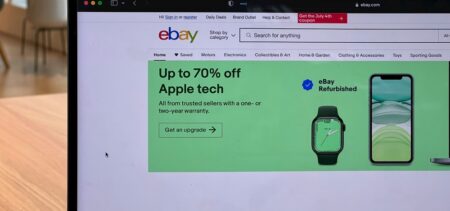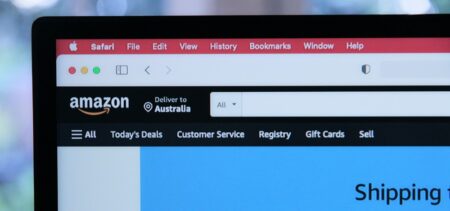The pandemic undoubtedly affected the global economy, and mounting inflation is still a major global concern. However, although most industries suffered significant losses during the healthcare crisis, e-commerce continued to grow and evolve in most countries. With numerous people working from home and social media platforms replacing personal interactions, e-commerce sales were bound to grow during the pandemic. Moreover, the healthcare crisis also accelerated digital transformation, bringing the entire process forward by months or even years, according to KPMG.
Mobile commerce (m-commerce) is one of the branches of commerce that grew the most during the pandemic, and the good news is that recent signs point to the fact that m-commerce will continue to grow. Because it deals with digital transactions made using smartphones and other mobile devices, m-commerce has the advantage of requiring no physical contact between sellers and buyers. It allows people to use new technologies—such as in-app purchasing, mobile banking, digital wallets, and virtual marketplaces—to shop while they spend time online. Considering that it relies on wireless handheld mobile devices, m-commerce has the potential to change the future of e-commerce, and to ultimately become its driving force.
Furthermore, US m-commerce sales are expected to double to more than $700 billion by 2025. With more people downloading new shopping apps, the best outcome for e-commerce may surpass our wildest expectations.
The Future of Shopping Apps in the US
According to a new eMarketer study, more people downloaded shopping apps during the COVID-19 pandemic and immediately after the crisis. While only 122.6 million Americans used shopping apps in 2019, that number jumped to 155.0 million in 2022. The study also found that 64.2% of smartphone owners aged 14 and older used shopping apps in 2022. Additionally, this study also indicated that the three fastest-growing major app categories during the past year were either retail apps or apps connected to retail—such as grocery, food delivery, and shopping/retail.
With so many people in the US now using retail or retail-connected apps, the fact that m-commerce is projected to account for 69.5% of e-commerce by 2025 comes as no surprise. However, giant platforms like Meta are now suspending some of their shopping features, proving that m-commerce adoption can also be very difficult. Even though some social media companies are still struggling to drive e-commerce sales on their platforms, users seem to favor only a handful of apps. According to the eMarketer study, the overall number of apps Americans use is declining. The number decreased from an average of 21 during the peak of the healthcare crisis to 18.3 projected for 2026.
While more people have started using shopping apps during the pandemic, new data shows that only some apps will continue to be used in the following years—making it essential for US retail companies to invest in good apps.
New M-commerce Trends and Forecasts
Developing a superior m-commerce app is by no means an easy task, but research shows that some companies have already managed to do that. According to Apptopia, Amazon’s app was downloaded the most in the US in 2021, while SHEIN, Shop, Walmart and OfferUp followed closely. This year, the global leaderboard looks somewhat different with apps like Shopee, SHEIN and Meesho in the top three positions, and Amazon ranking fourth. Unlike these apps, however, some social media giants have experienced problems with integrating m-commerce sales on their platforms. Meta has gone so far as to announce that it will stop its Facebook Live Shopping feature by October 2022.
Considering the fact that m-commerce seems to remain divided between a handful of successful apps and a long list of websites, US companies that hope to profit from the recent boom of m-commerce sales should invest in better apps and websites. Even so, Meta’s case proves that not all initiatives are guaranteed to succeed. Despite the various trends that reshaped e-commerce during and after the pandemic, one thing is certain: m-commerce is here to stay, and it may have lasting effects on the future of e-commerce.
In fact, m-commerce growth is projected to speed up again next year, and predicted to stay above 13% through 2026. This means that investing in m-commerce could be an important opportunity for American retailers and brands that hope to build a better future.































